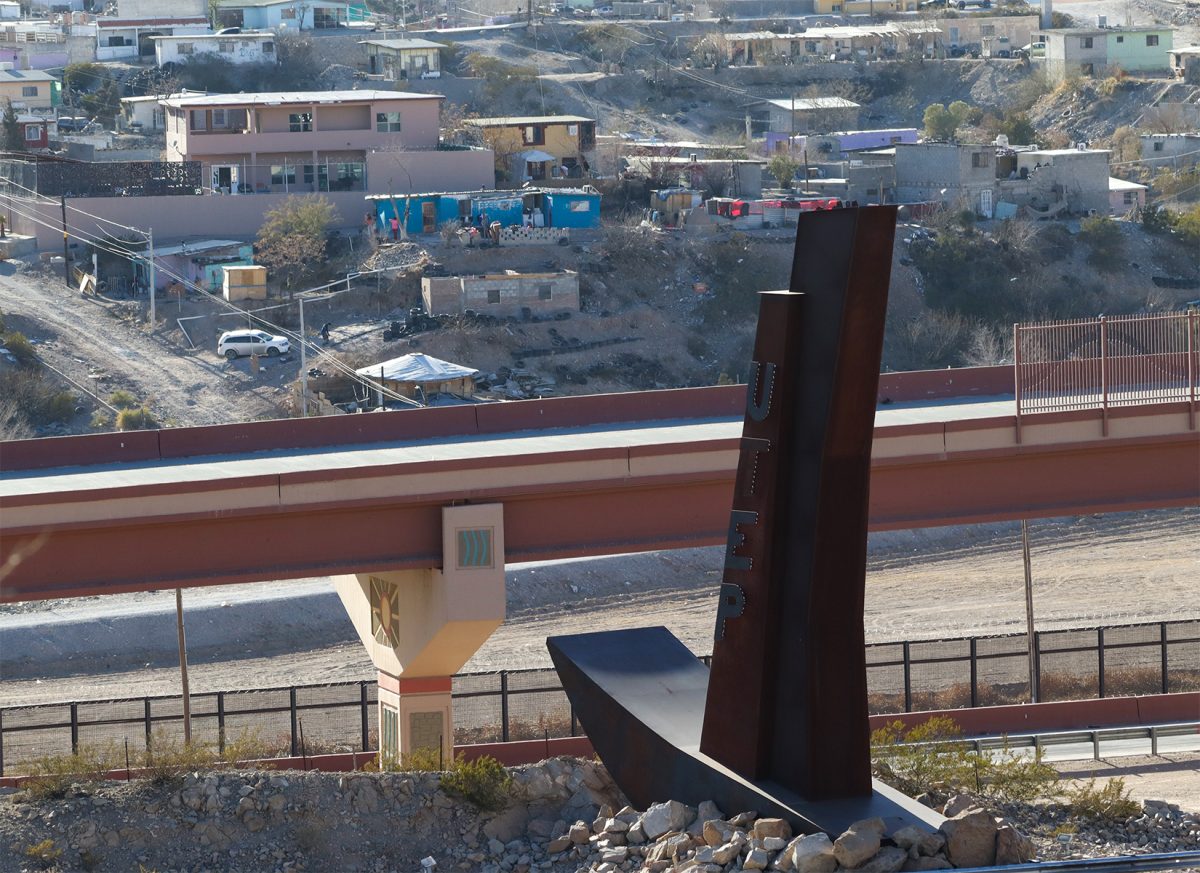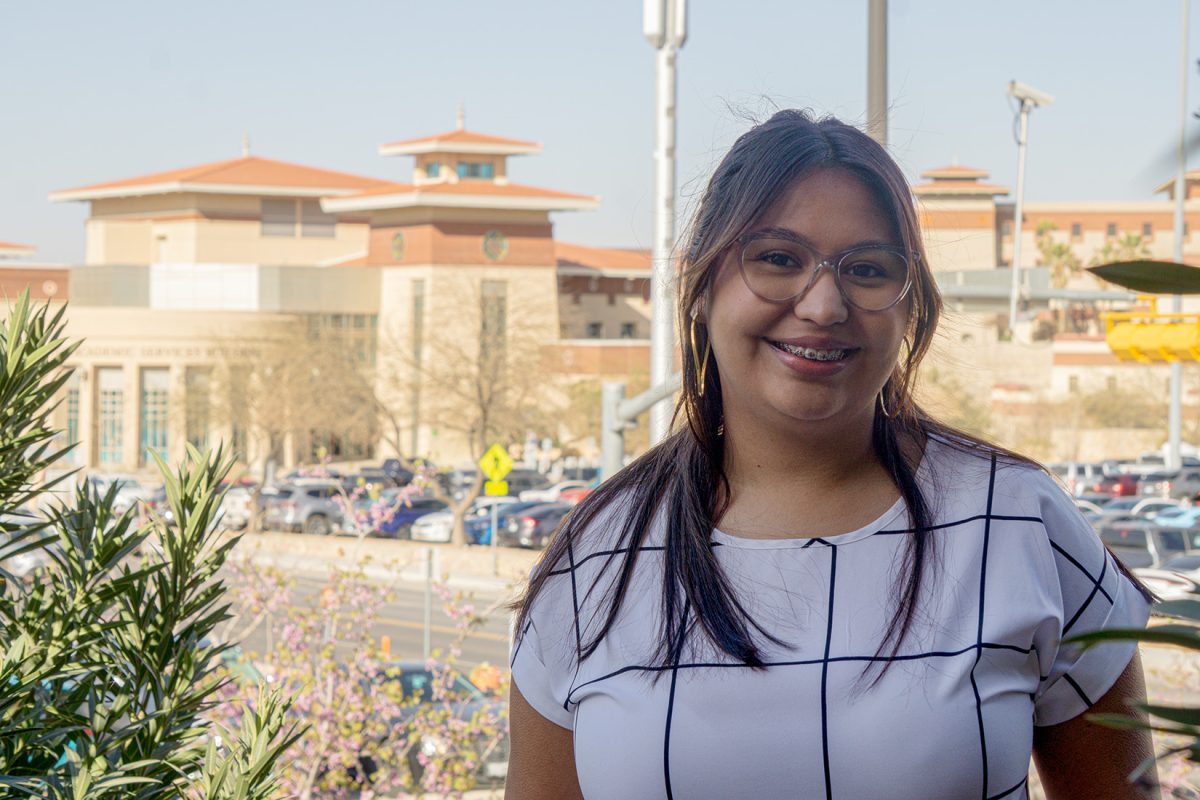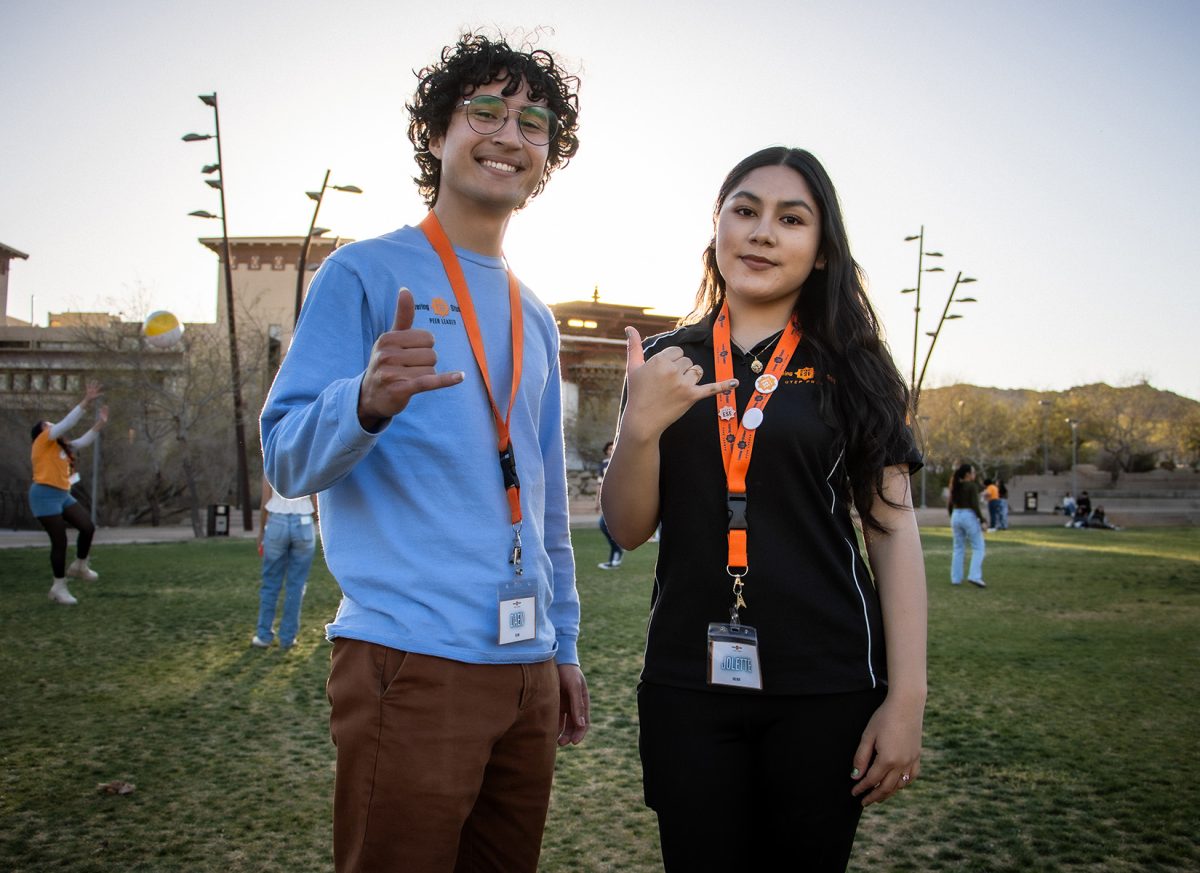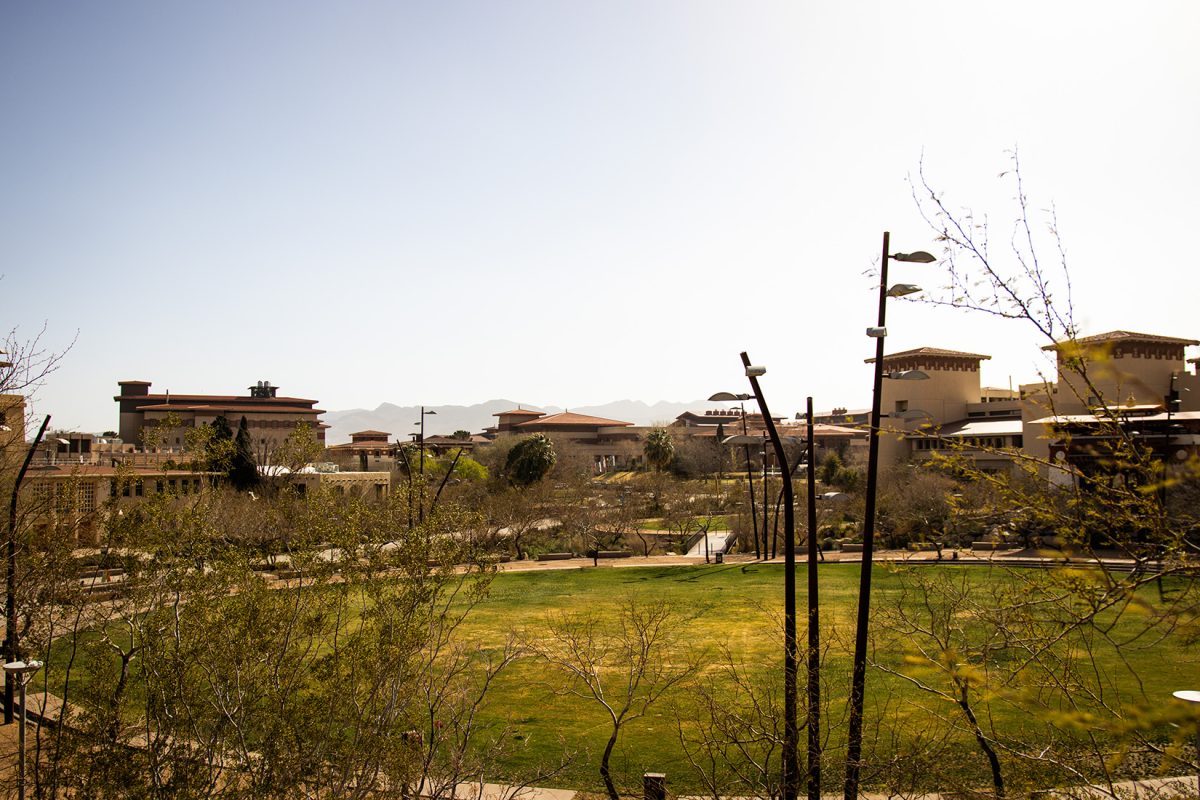With less than a month of President Donald Trump being in office, he has already pushed for massive deportation orders and has lifted the ban on arresting migrants from sensitive locations such as schools and churches on Jan. 21, a ban that has been in effect since 2011. This allows federal immigration agencies such as the U.S. Immigration and Customs Enforcement and Customs and Border Protection to have easier access to removing people from the country.
According to the Migration Policy Institute’s explainer on ICE arrests and deportations from the U.S. interior, the Department of Homeland Security (DHS) carried out an average of 352,000 deportations per year in fiscal years between 2020-2024, with ICE being responsible for 146,000 annually. Additionally, the vast majority of ICE and CBP deportations during this period were migrants who had recently crossed the U.S-Mexico border. Deportations at the border are faster, easier, and cheaper for DHS to execute since they do not require locating and arresting migrants in communities in the interior, according to the Migration Policy Institute.
With the University of Texas at El Paso (UTEP) being located at the heart of the U.S-Mexico border with students from both El Paso and Ciudad Juarez attending classes, concerns began to rise amongst students regarding the future of the Trump administration’s plans for deportation, and what will happen if federal immigration agencies raid or conduct arrests on campus.
UTEP student majoring in physical therapy, 20-year-old Dylan Borjas, resides in Ciudad Juarez and crosses the border daily to attend class. He believes that many other students who cross the border will be affected and that regulations and laws on crossing the border will only get stricter.
“I primarily think that people who cross the border everyday will be greatly affected.” Borjas said in Spanish. “I can only imagine how strict the laws and regulations will get when it comes to crossing the border and I think this will affect more than hundreds of lives who cross the border to work.”
Accompanying Borjas was 18-year-old Eduardo Ramirez, a student majoring in mathematics education. He addresses his concern over students at UTEP and other border community schools not being able to finish their education due to the Trump Administration’s new regulations and laws cracking down immigration.
“I feel like UTEP already has students that are here legally and have papers but hold uncertainty and fear of what will happen.” Ramirez said in Spanish. “There are fears about the students being affected and that they will have to go back to their home country and can’t finish their education at UTEP.”
Despite the U.S.-Mexico border currently having fewer unauthorized crossings than when Trump left office, Trump declared an “invasion” and national emergency at the southern border, implementing a “suspension of entry” for migrants crossing the border without authorization, according to MBI’s Policy Beat article regarding Trump’s second term to open with a bid on strongly reshaping immigration.
Compared to the Biden Administration’s approach to conceive its restrictions as part of a carrot-and-stick approach to lead humanitarian migrants towards ports of entry for orderly arrival, Trump aims to halt the ability for migrants to apply for asylum without considering humanitarian claims.
Trump also restarted the Migrant Protection Protocols, also known as the Remain in Mexico policy, which requires asylum seekers to wait south of the border to hear their U.S. immigration court hearings. From 2019 to 2022, approximately 81,000 migrants were placed into the program, according to MBI’s Policy Beat article regarding Trump’s second term to open with a bid on strongly reshaping immigration.
Brianna Morales, the international student representative at the Student Government Association at UTEP, speaks about the university’s diversity of cultures and how she believes it opens different perspectives. She also states her dissatisfaction with new regulations and laws being set into place while also speaking on her perspective of how immigrants contribute to society.
“I feel like such a big part of our student population is international students, whether it be from Mexico and other places including the Kingdom of Bhutan.” Morales said. “It’s very important to have other people from other places when it comes to an education because they have a different perspective to the way we see things, even if it’s just people who are from El Paso.”
As Borjas and Ramirez exited the geological sciences building, they walked side by side as they began to discuss what bridge they were going to take to get back home in Ciudad Juarez.
Borjas expresses that this issue will not only affect education for immigrants, but also their closeness to their family and home.
“I think this will affect many schools due to more and more students that come from immigrant families that could be deported.” Borjas said in Spanish. “It would be a problem that could affect hundreds of children and adolescents.”
With Trump’s second term of presidency bringing more emphasis on deportation regulations and laws, uncertainty lingers on the future of universities and future measures taken by ICE and other federal immigration agencies. With UTEP being home to students from both sides of the El Paso-Ciudad Juarez border, the fear of longer wait times at the bridge, raids happening unexpectedly and worries about their student safety have begun to arise.
Daniela Ordaz is a contributor for The Prospector and may be reached at [email protected].










Fernando Caraveo Andrade • Mar 4, 2025 at 2:18 PM
OMG, I have no words to express how shocked I am for this report. I am not from Juárez or El Paso, but I am supporting these guys from Juárez and the report. It is not fair that this is happening, I am hoping that a solution can be found. Greetings from Tabasco, Mexico.